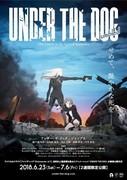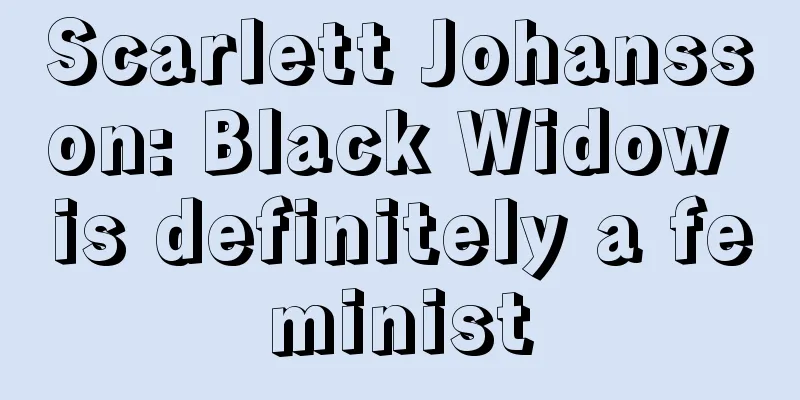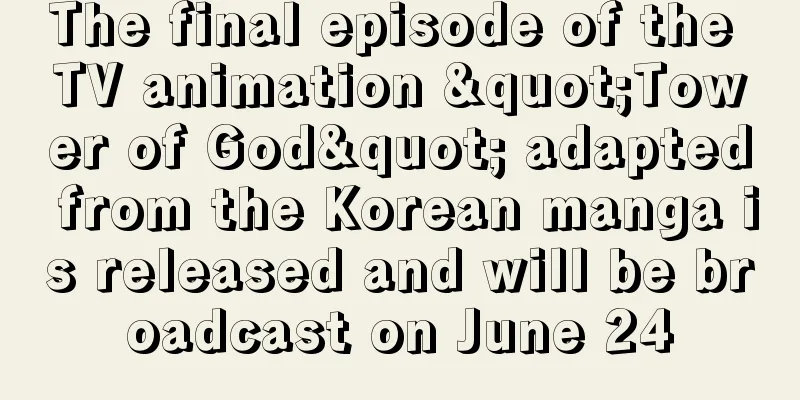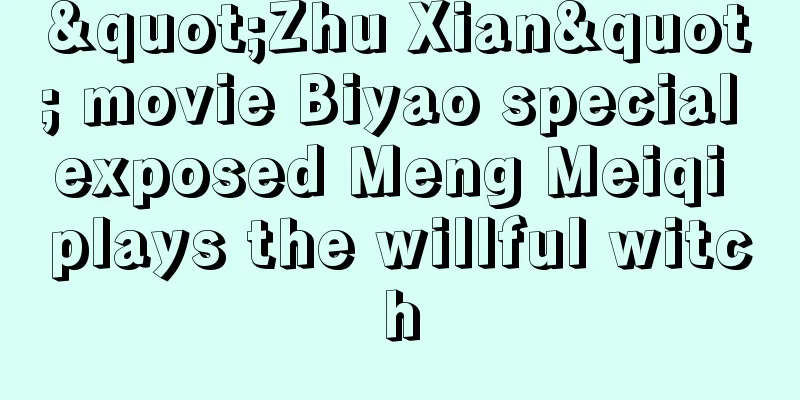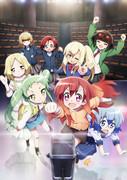"Scarecrow" Review: Exploring the Depth of the Story and Charming Characters

"Kakashi": The appeal and background of this Showa era animation masterpiece1. Overview of the Work"Scarecrow" is a Japanese animated film released in May 1953. It was released in theaters and was produced as an original story for the anime. It was distributed by Oku Shokai and only has one episode. The original story and screenplay were written by Kurihara Kazuto, and the production, illustrations, and direction were handled by Ashida Iwao. It was produced by Ashida Manga Eiga Seisakusho. 2. StoryThe story of "Scarecrow" centers around a scarecrow standing in a rice field. One day, it is blown away by a sudden strong wind, and soars high into the sky like a kite with a broken string. The scarecrow tries to grab hold of the whiskers of white clouds and cling to the tops of cedar trees, calling for help, but disappears into the distance. He is found by a parent-child swallow who is crying, tears streaming from his eyes, wanting to go back to the village once more. Feeling sympathy for him, the parent-child swallows gather their friends together, form a line, and take the scarecrow on his back to the village - a touching tale. 3. Background"Scarecrow" was released in 1953, during the period of postwar reconstruction in Japan. During this time, television had not yet become widespread, so movies were mainly shown in movie theaters, and animation was enjoyed as part of that. Ashida Manga Eiga Seisakusho was an animation production company that had been active since before the war, and continued to produce works through the turbulent postwar period. "Scarecrow" is one of those works that was especially loved by children. 4. Characters and SettingsThe main character of "Scarecrow" is a scarecrow standing in a rice field. Scarecrows are erected to protect the crops, and the unrealistic setting of them being blown away by the wind adds to the story's appeal. The scarecrow's expression is expressed simply with tears streaming from its eyes, shaped like the character "no," making a strong visual impression. In addition, a parent-child pair of swallows gather their friends to help the scarecrow, and take the brave action of flying off in a line to the village. These character settings are elements that make children empathize and are moving. 5. Visual ExpressionThe visual expression of "Scarecrow" reflects the technological level of the time. The drawings were done by Ashida Iwao, and the film features hand-drawn animation. Scenes such as the scarecrow being blown away by the wind and a mother and her baby swallows flying in a line are notable for their smooth movement and beautiful colors. The backgrounds are also carefully depicted, with realistic portrayals of the rice fields, cedar treetops, and white clouds. These visual expressions have the power to stimulate children's imaginations and draw them into the world of the story. 6. Music and SoundThe music and sound in "Scarecrow" are important elements in enhancing the atmosphere of the story. In the scene where the scarecrow is blown away by the wind, the sound of strong winds is realistically reproduced, heightening the sense of tension. In the scene where the swallow family rescues the scarecrow, gentle music is played, creating a moving atmosphere. This music and sound, combined with the visual expressions, enhance the appeal of the story. 7. Social impact"Scarecrow" was a beloved work among children in postwar Japan, and is thought to have had a large social impact. In particular, the story of the scarecrow returning to the village was received as a message of hope and courage in Japanese society as it sought to recover from the postwar turmoil. Furthermore, the action of the parent and child swallows helping the scarecrow symbolizes the spirit of mutual help, and is thought to have had a positive impact on children. 8. Recognition and Awards"Scarecrow" was highly praised by children at the time and was loved by many people. Although there are no specific awards it has received, it is recognized, along with other works by Ashida Animation Productions, as a work that contributed to the development of postwar Japanese animation. Furthermore, its historical value and artistic merit are highly regarded by researchers and animation enthusiasts in later generations. 9. Recommendations and viewing methods"Scarecrow" is a masterpiece animation from the Showa era that can be recommended to a wide range of generations, from children to adults. It is especially a must-see for those who want to know the background of postwar Japanese society and those who are interested in the history of animation. Also, watching it with the whole family can teach the importance of the spirit of helping each other and the importance of hope. "Scarecrow" is now available on DVD and through internet streaming, so we hope you will give it a watch. 10. Summary"Scarecrow" is a Japanese animated film released in 1953, made against the backdrop of the postwar reconstruction period of Japanese society. The touching story of a scarecrow standing in a rice field being blown away by the wind and rescued by a parent and child swallow, was received as a message of hope and courage to children. The visual expression, music and sound are also excellent, reflecting the technical level of the time. "Scarecrow" is a masterpiece of Showa era animation that should be passed down to future generations, and I hope many people will watch it. |
<<: The appeal and evaluation of "Ari to Hato": A deep review
>>: "The Phone Call" review: A fascinating story and deep characters
Recommend
The first trailer of the movie "Snow White" will be released in North America on March 21 next year
Today (August 10), Disney's live-action movie...
The appeal and evaluation of "Hayate the Combat Butler!!": The perfect balance of laughter and emotion
Hayate the Combat Butler!! - The appeal of the se...
Kojima reviews Peter Jackson's new World War I documentary "They Shall Not Grow Old": The characters are lifelike
The World War I documentary "They Shall Not ...
The comic "Coffee Meets Vanilla" has been serialized for 9 years and is now complete. A masterpiece of campus romance between a boss and a woman
"Coffee Meets Vanilla", a famous comedy...
"The Wandering Earth 2" will premiere on streaming platforms on April 14
On April 7, the movie "The Wandering Earth 2...
"If Tokugawa Ieyasu Became Prime Minister" Live-Action Movie Trailer Released
The trailer for the movie "If Tokugawa Ieyas...
The appeal and reviews of Suma Anime: What are the works you can't miss?
Suma Anime: The pinnacle of entertainment packed ...
Katsugeki Touken Ranbu: The appeal and reviews of the second series
The appeal and reviews of "Katsugeki Touken ...
Review of "Esteban, Son of the Sun": A reevaluation of a story of adventure and friendship
"Esteban, Son of the Sun": A story of a...
"Chinese Legends" has exceeded 50 million views on Bilibili. Which character is your favorite?
Recently, the official "Chinese Tales" ...
The appeal and evaluation of "Love Live! School idol project μ's Natsuiro Egao de 1, 2, Jump!"
The appeal and evaluation of "Love Live! Sch...
Genshiken: Realistic portrayal of otaku culture and character development
"Genshiken" - The charm and full pictur...
Depp wins defamation lawsuit against ex-wife and issues statement to celebrate: My life is back
Johnny Depp's defamation case against his ex-...
"Red Notice" new Chinese trailer, Johnson and Gal Gadot attack
Recently, Netflix released a new Chinese trailer ...
PiNMeN [Rework] - Reevaluation and new discoveries
"Pingmen [Rework]" - A hidden gem of an...
